Have you recently worried that your well water might contain E. coli or other harmful bacteria?
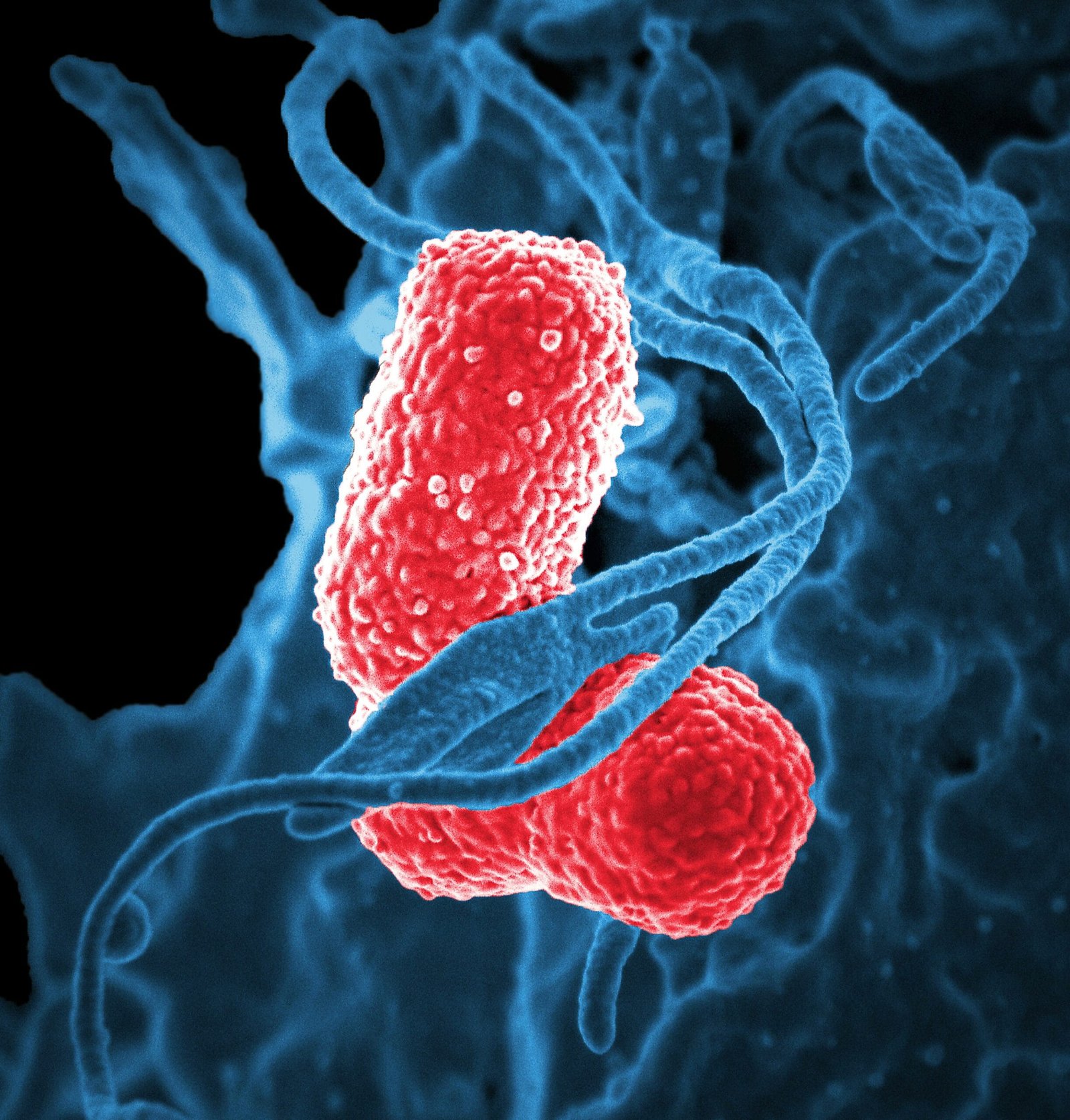
Understanding E. coli and Why It Matters
You should know that E. coli are bacteria commonly found in the intestines of humans and animals. While most strains are harmless, some types (for example E. coli O157:H7) can cause serious illness. Finding E. coli in your well water is a clear sign of fecal contamination and means the water is unsafe to drink without treatment.
If you detect E. coli, it usually indicates a pathway from the surface or nearby soils into the well — such as a cracked casing, an improperly sealed well cap, or nearby septic system problems. You’ll want to act quickly to protect your health and the health of your household.
How E. coli Gets Into Well Water
You’ll find that there are several common routes of contamination. Each source suggests different fixes and prevention measures.
- Surface runoff: Heavy rain can carry animal waste or sewage into poorly located or poorly sealed wells.
- Faulty well construction or aging components: Cracked casings, loose well caps, or improper grouting allow direct entry.
- Nearby septic systems or septic overflow: Failing or improperly sited septic systems can leach bacteria into groundwater.
- Flooding: Floodwaters can overwhelm a well location and carry contaminants into the wellhead.
- Animal activity: Burrowing animals or livestock near the well may introduce fecal matter into the area.
You should track the likely source so you can take corrective action and prevent recontamination.
Immediate Steps if You Find E. coli
When a test shows E. coli, take these immediate actions to protect yourself and family.
- Stop drinking the well water and avoid using it for food preparation until you have safe water.
- Use bottled water or boil water for at least one minute for drinking, cooking, and brushing teeth (longer at higher elevations).
- Contact your local health department for guidance and recommended testing labs.
- Arrange for shock chlorination of the well and plumbing or hire a licensed well contractor to inspect and disinfect if you’re uncomfortable doing the work.
These steps limit immediate risk while you address the source and disinfect the system.
Routine Testing and How Often You Should Test
You’ll minimize surprises by testing regularly. Tests are inexpensive relative to the health risk.
- Test annually for total coliform bacteria and nitrates as a minimum.
- Test for E. coli (a subset of total coliform tests) anytime total coliform appears.
- Test after repairs, power outages that may allow surface water intrusion, flooding, or septic system work nearby.
- Test when new wells are installed and after shock chlorination.
A typical schedule:
| Test type | When to test |
|---|---|
| Total coliform & E. coli | Annually; immediately if you suspect contamination |
| Nitrates | Annually, pregnant women or infants in household |
| After repairs/flooding | Immediately after event and again after disinfection |
| New well | At commissioning; repeat after 1–2 weeks |
You should use an accredited lab and follow their sampling instructions exactly to avoid false results.
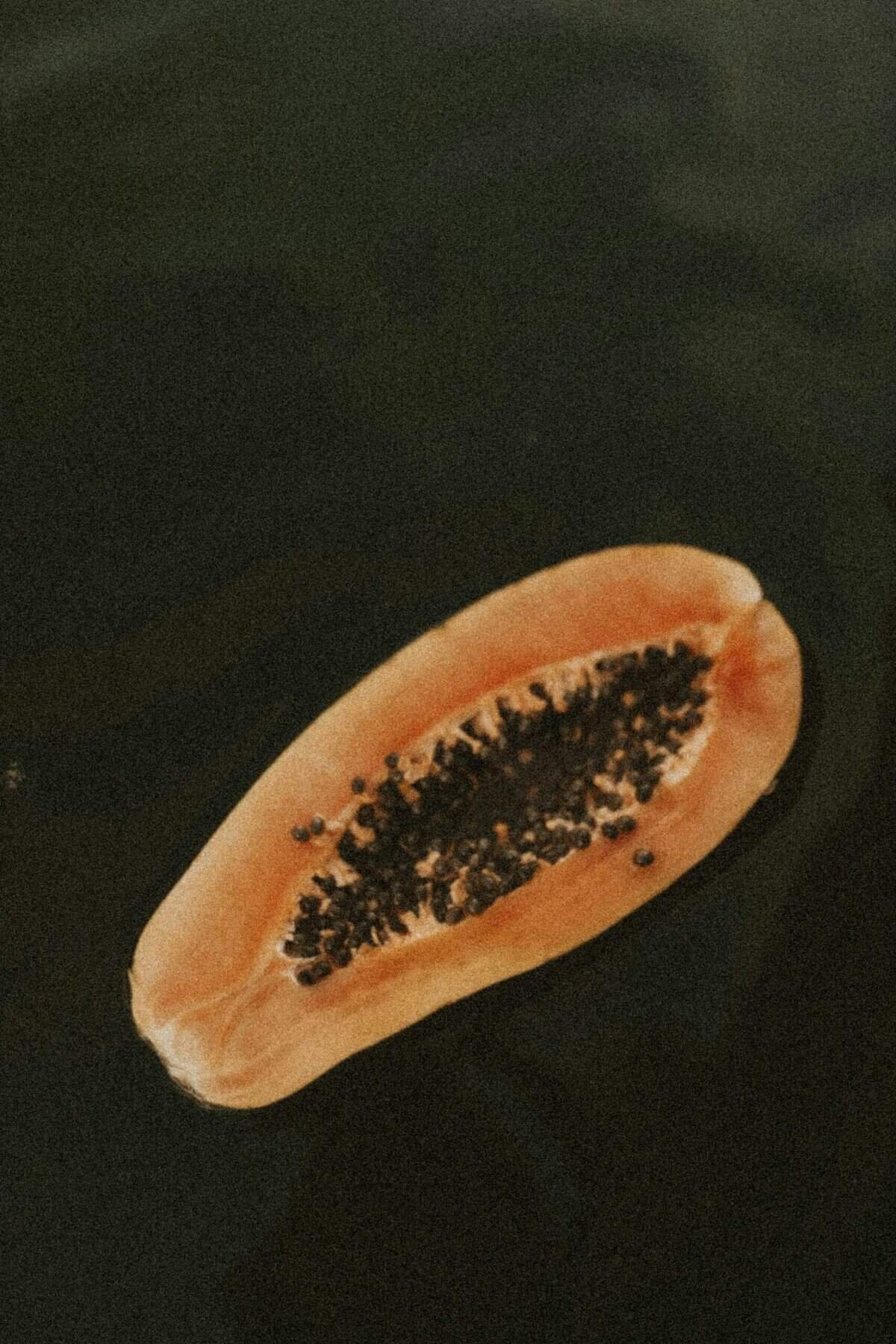
Preventive Maintenance for Your Well
Good maintenance reduces your risk of contamination and makes disinfection easier if problems arise.
- Keep the area around the well clear and graded so surface water drains away.
- Maintain a tight-fitting, sanitary well cap and vent that excludes insects and animals.
- Seal abandoned wells on your property — they’re direct contamination pathways.
- Keep livestock and waste storage well away (minimum 50–100 feet, more recommended) and downhill from the well.
- Inspect the wellhead and casing for cracks, corrosion, or loose components every year.
- Ensure proper distance from septic systems and repair failing systems immediately.
Regular checks and small repairs can prevent expensive contamination and reduce the need for frequent chlorination.
Well Construction and Siting — Fix the Root Cause
If contamination is recurrent, you’ll likely need structural fixes.
- Casing integrity: A sound casing extending above ground and properly sealed prevents surface entry.
- Grout/annular seal: Proper grouting around the casing keeps surface water out.
- Well cap: Use an approved sanitary well cap with a screened vent; replace damaged caps.
- Well depth and screen placement: Proper construction that reaches below contamination layers helps ensure safe water.
If structural faults are suspected, consult a licensed well contractor. You’ll be protecting not just water now but long-term water quality.
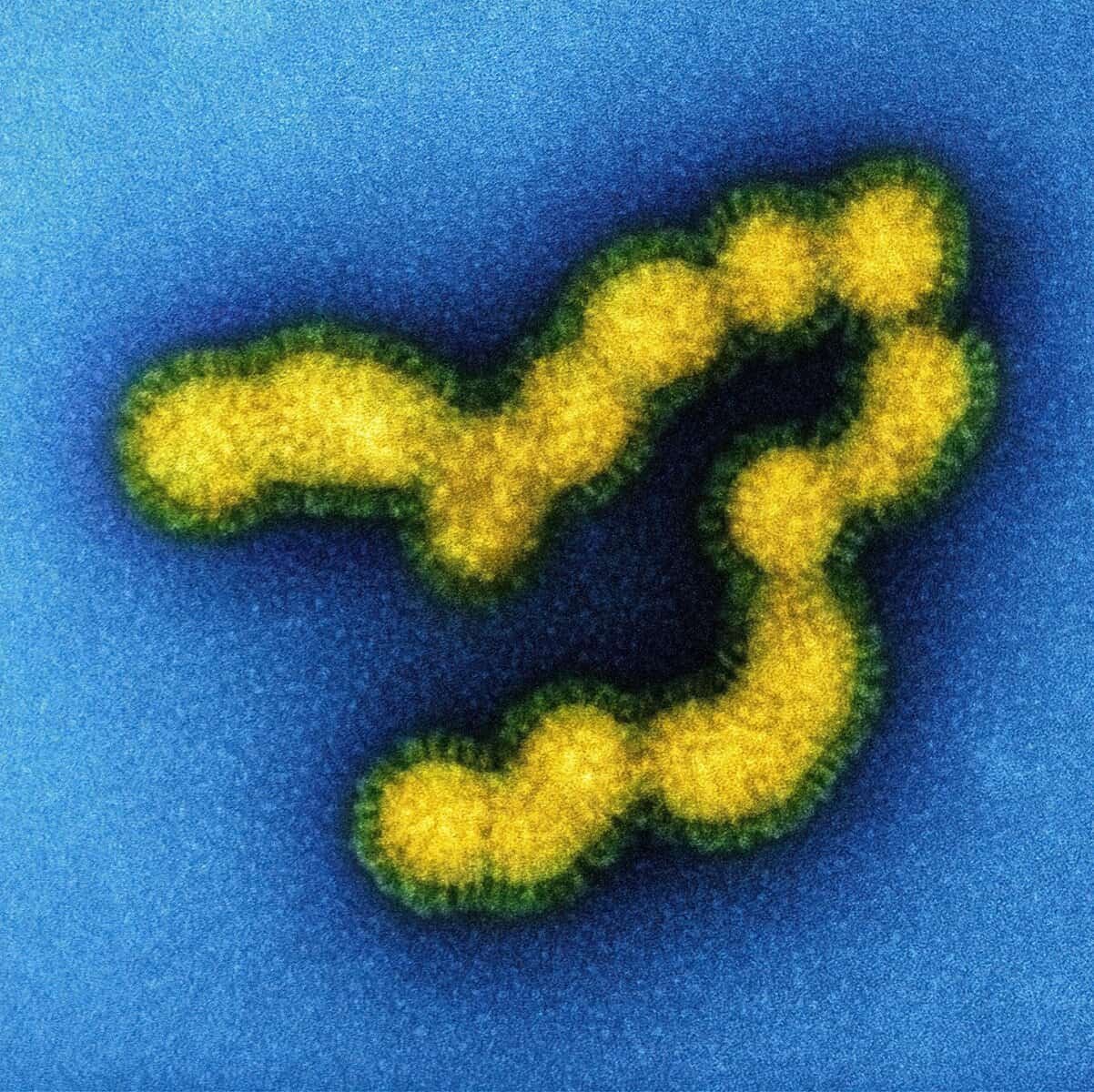
Disinfection Options — What Works and When
You’ll have several options to disinfect your well and plumbing. Each method has advantages and limitations.
Shock chlorination (temporary, for bacterial contamination)
Shock chlorination is the most commonly used method for treating bacterial contamination of wells and plumbing. It involves adding a high concentration of chlorine (usually household bleach) to the well, circulating it through the plumbing, letting it sit for a period, and then flushing until chlorine residual is gone.
Pros:
- Effective against most bacteria and many viruses
- Relatively inexpensive and widely accessible
- Can be done by a homeowner following correct procedures
Cons:
- Does not remove chemical contaminants or protect against recurring contamination
- May not reach all biofilms or deep aquifer contaminants
- Can be corrosive to some system components if overused
You’ll find a full, safe shock chlorination procedure later in this guide.
Continuous chlorination (ongoing disinfection)
If contamination risk is ongoing (for example, due to nearby septic or surface influence), continuous low-level chlorination with an injection system may be appropriate.
Pros:
- Continuous residual disinfectant in plumbing
- Effective at preventing bacterial regrowth
Cons:
- Requires permanent equipment, maintenance, chemical supply
- Chlorine taste/odor for some users
- Forms disinfection by-products when reacting with organic matter
You should have this installed and maintained by a qualified installer.
Ultraviolet (UV) disinfection
UV systems expose flowing water to ultraviolet light that inactivates bacteria and viruses.
Pros:
- No chemical addition; no taste or odor
- Effective when properly sized and maintained
Cons:
- No residual in plumbing; if contamination is in the plumbing downstream, water can become recontaminated
- Requires pre-filtration if water is turbid or has iron/manganese
- Requires electricity and lamp maintenance
UV is excellent as a point-of-entry system if your water is clear and you maintain the unit.
Filtration and other technologies
Microfiltration, reverse osmosis, and ozonation are additional tools. Filtration and RO remove many organisms and particles; ozonation disinfects but requires equipment and controls.
You should select systems based on contaminant testing and risk assessment.
Comparing Disinfection Options
| Method | Effective against E. coli? | Requires maintenance | Residual protection | Typical cost |
|---|---|---|---|---|
| Shock chlorination | Yes | Low (one-time or occasional) | Temporary | Low |
| Continuous chlorination | Yes | High (monitoring, chemical supply) | Yes | Moderate to high |
| UV disinfection | Yes (if properly sized) | Moderate (lamp, sleeve cleaning) | No | Moderate |
| Filtration/RO | Variable (RO can remove bacteria if membrane integrity maintained) | Moderate | No | Moderate to high |
| Ozone | Yes | High (equipment) | No | High |
You’ll choose based on whether contamination is episodic or continuous, the nature of contaminants, and your willingness to maintain equipment.
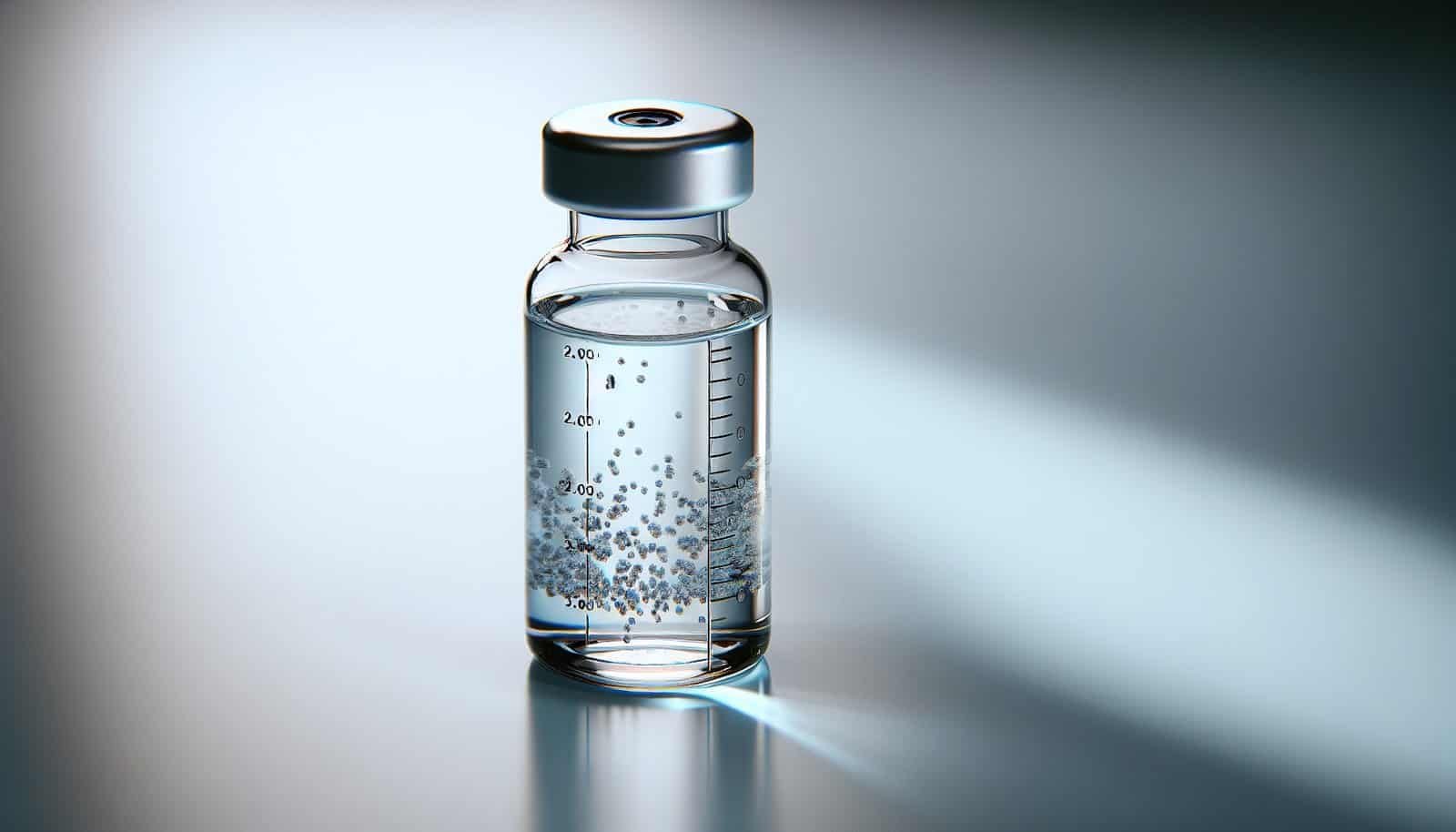
Safe Shock Chlorination: When to Do It and What to Expect
Shock chlorination is appropriate when you detect bacteria like E. coli or after any well repair or flooding. You’ll restore microbiological safety temporarily and can then see whether structural fixes are needed.
General objectives:
- Kill bacteria in the well and plumbing
- Disinfect storage or pressure tanks
- Provide time to evaluate whether the cause of contamination persists
If E. coli appears repeatedly after shock chlorination, you’ll need to find and correct the entry point — chlorination alone won’t solve a structural contamination problem.
Step-by-Step Shock Chlorination Procedure (Homeowner-Friendly)
The following is a common safe method used by many health departments and extension services. If you’re unsure or uncomfortable with any step, hire a professional. Use protective gear, and follow local regulations.
Supplies you’ll need
- Unscented household bleach (sodium hypochlorite) — 5.25%–6% typical
- Large bucket(s), funnel
- Clean water source for mixing (if needed)
- Protective gloves, safety goggles, and long sleeves
- Ladder or stable step for well access if needed
- Tools to open well cap
- Hose to flush water
- Chlorine test strips (for measuring residual)
- Wastewater disposal plan (don’t allow high-chlorine water to reach sensitive plants/aquaculture)
Estimating your well volume
You must estimate the water in the well column that needs treating. That includes the water in the casing and the plumbing volume up to pressure tank and lines you’ll treat.
Basic well water volume formula:
- Well volume (gallons) = (π × radius^2 × water column height in feet × 7.48) / 1 Simpler: For a 6-inch diameter well, 1 foot of water ≈ 0.18 gallons; for a 4-inch well, 1 foot ≈ 0.08 gallons.
You can use an approximate table:
| Well diameter | Gallons per foot |
|---|---|
| 4 inches | 0.08 gal/ft |
| 6 inches | 0.18 gal/ft |
| 8 inches | 0.32 gal/ft |
Multiply gallons/ft × depth of water column (from top of casing to static water level) to get well gallons. Add estimated plumbing and pressure tank volume (small pressure tanks: ~2–3 gallons in the shell, but usable volume varies).
Chlorine dosage and calculation
You’ll aim for a free chlorine concentration between 50 and 200 ppm in the well water for shock chlorination. Many agencies recommend 50–100 ppm as effective for bacteria without excessive corrosivity.
Use this practical formula for 5.25% household bleach (assumes bleach density ≈ 1.1 g/mL and 5.25% available chlorine):
- mL of bleach = 0.06556 × desired ppm × well gallons
Examples:
- To reach 50 ppm in a 100-gallon well: 0.06556 × 50 × 100 ≈ 328 mL (~11.1 oz)
- To reach 100 ppm in a 100-gallon well: ~656 mL (~22.2 oz)
If you prefer imperial ounces: 1 oz ≈ 29.57 mL, so convert mL to oz.
Note: If your bleach concentration differs from 5.25%, scale proportionally. If you use a stronger or weaker product, adjust the dose.
Disinfection steps
- Turn off the electrical supply to the pump at the circuit breaker. Safety first.
- Open the well cap or access point. Remove any debris and clear the area.
- Mix the calculated amount of bleach in a bucket of water so you can pour it into the well safely (never pour undiluted bleach directly into an active pump intake).
- Pour the diluted bleach evenly into the well. If you have a well vent, pour near it or direct into the well drop to mix.
- Reinstall the well cap securely.
- Turn the breaker back on and run each cold water tap in your house until you smell chlorine (this indicates the chlorinated water has reached the plumbing). Start with the tap closest to the well and work outward.
- Flush hot water taps, water softener (bypass if possible — check manufacturer recommendations), and other appliances. If you have a water treatment device (RO, UV), follow manufacturer guidance — some units must be bypassed or protected from high chlorine concentrations.
- Once you detect chlorine at all taps, shut off taps and leave the system standing for at least 12–24 hours. Some recommend up to 24 hours for stubborn contamination. Do not use water for drinking or cooking during this period.
- After contact time, flush the system by running an outside hose or taps until the smell of chlorine is gone. You may need to connect a hose to a safe drain location and run several hundred gallons to clear the system.
- Once flushed, collect a proper water sample for lab testing (follow lab instructions). Wait at least a day or follow local health department guidelines before sampling; some agencies ask you to test within 1–2 weeks to confirm bacterial absence.
Handling pressure tanks and appliances
- If you have a bladder pressure tank, do not allow very high chlorine concentrations to sit for long in the tank; consider bypassing or follow manufacturer guidance.
- Disinfect any storage tanks or holding tanks separately if present.
- For private filters, softeners, or UV units, consult the manufacturer. Some components can be damaged by concentrated chlorine.
Safety and disposal
- Wear gloves and eye protection. Chlorine can irritate skin and eyes.
- Never mix bleach with acids, ammonia, or other household cleaners — this can produce deadly gases.
- Do not allow high-chlorine rinse water to drain into sensitive natural bodies of water or onto delicate plants.
- If you have a septic system, be aware high chlorine concentrations entering it can disrupt biology. Consult a professional before large-volume discharge into your septic system.
If you’re uncertain about any step, get a licensed well contractor or local health department assistance.
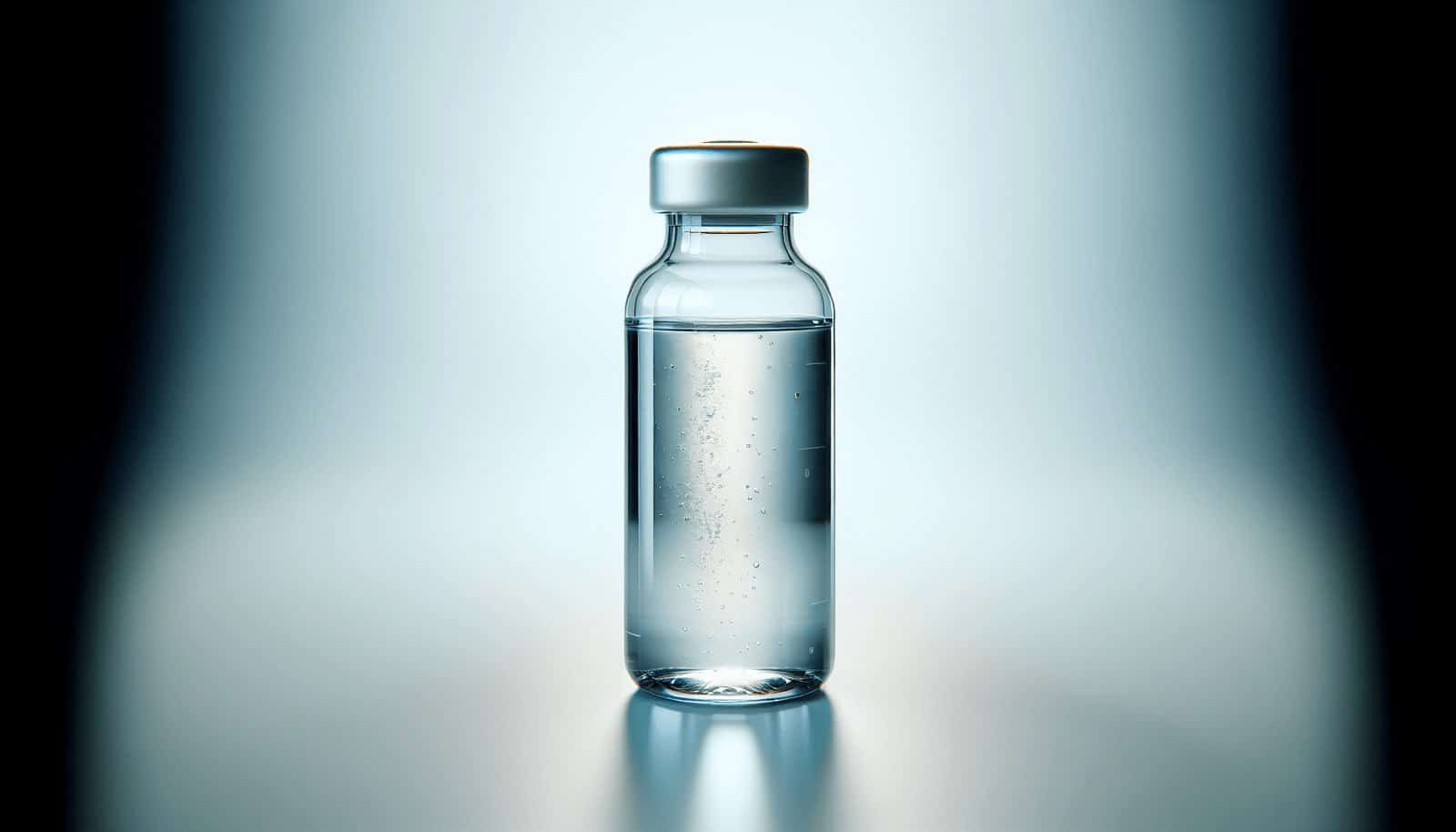
Safe Practices Specific to the Well Pump
The pump itself can be sensitive to certain disinfection methods. You’ll protect the pump by following these pointers.
- Turn off power before doing any mechanical work on the pump. Always de-energize at the breaker.
- Avoid pouring concentrated bleach directly into the pump intake or pressure tank. Dilute before introduction.
- Don’t run the pump dry. If you’re circulating disinfectant, ensure the pump is submerged or adequately primed.
- After chlorination, run the pump and system until chlorine is flushed to avoid leaving corrosive residuals inside the pump for extended periods.
- If you suspect internal pump contamination or you need to service down-hole components, consider hiring a pump service contractor. Deep well submersible pumps may require retrieval for inspection or replacement if they’re fouled.
- For continuous chlorination systems, use materials compatible with chlorine (PVC, CPVC, certain polyethylene), and ensure injection points are downstream of electrical/pump components that are sensitive.
If the pump shows signs of failure after chlorination (unusual noises, reduced flow), stop use and consult a service technician.
Verifying Success: Retesting After Disinfection
You’ll want to confirm that your disinfection worked.
- Flush the system until chlorine is not detectable by smell and ideally measured by test strips.
- Collect a water sample according to lab instructions (use sterile bottles, avoid contaminating the sample by touching the interior surfaces).
- Most health departments recommend sampling 24 hours to 2 weeks after chlorination and flushing, depending on local guidance.
- Request tests for total coliform and E. coli specifically. If negative, you can return to normal use.
- If the test is positive, repeat disinfection and seek a professional inspection for structural or source problems.
Document your actions and test results; these records help professionals diagnose recurring problems.
Long-Term Solutions for Recurring Contamination
If E. coli keeps returning, you’ll need more than chlorination.
- Repair or replace damaged casing, seals, or caps.
- Improve surface drainage and grout around the well.
- Move livestock and manage manure away from the well area.
- Address septic system issues: repair failing systems or increase setbacks between septic components and the well.
- In some cases, consider well deepening or reconstruction to reach a safer aquifer zone.
Addressing the underlying cause prevents repeated health risks and reduces ongoing remediation costs.
Choosing Ongoing Treatment: What Fits Your Situation
If structural fixes aren’t feasible or contamination risk remains, you’ll consider permanent treatment.
- Continuous chlorination with monitoring: good for persistent bacterial risk and inexpensive chemicals, but you’ll manage taste and by-products.
- UV plus maintenance and pre-filtration: excellent where water is clear and you want no residual chemical taste; remember it provides no residual protection in plumbing.
- Point-of-use systems (RO, distillation): provide drinking water safety even if whole-house water is questionable; useful when you want to maintain well water use for non-potable needs.
Consult a water treatment professional and your local health department to select appropriate equipment and maintenance intervals.
Working with Professionals and Local Authorities
You should rely on experts when the problem is complex or when you prefer not to handle chemicals and equipment.
- Contact your local health department for testing recommendations and local guidance.
- Hire licensed well drillers or pump contractors for structural repairs or pump servicing.
- Use certified water treatment professionals for installation of continuous disinfection or UV systems.
- Keep a list of local labs that handle bacteriological testing and follow their sampling instructions.
Local agencies often provide free or low-cost advice and may have requirements for wells in your area.
Preventive Checklist You Can Use Regularly
Use this checklist seasonally or after significant events to keep your well safe.
- Inspect well cap and casing for damage (monthly/quarterly).
- Keep area around well graded and free of animal access (seasonally).
- Test for total coliform and nitrates annually or after issues.
- Seal or abandon old unused wells (professional help recommended).
- After storms or flooding, test for bacteria and consider shock chlorination.
- Maintain septic systems with regular pumping and inspections.
Consistent attention saves time, money, and health risks later.
Frequently Asked Questions (Short Answers)
Q: How long does chlorine smell last after chlorination? A: Typically a few hours to a day of flushing; larger systems may take longer. Use test strips to confirm residual has reached safe levels before sampling.
Q: Can I drink water immediately after shock chlorination? A: No. Wait until the contact period is complete, the system is flushed, and lab tests confirm absence of bacteria.
Q: How can I tell if contamination is from a septic system? A: You’ll need a professional assessment and sampling; indicators include persistent positive bacteria tests after sanitation and proximity to a failing septic or surface drainage patterns.
Q: Is bottled bleach okay for shock chlorination? A: Yes — use unscented household bleach (sodium hypochlorite) and ensure you calculate doses correctly for concentration.
Troubleshooting: If Bacteria Persist
If you still get positive E. coli tests after proper shock chlorination and flushing:
- Reinspect the well structure and cap for obvious defects.
- Check your septic system and nearby animal sources.
- Consider a dye test or tracer study to see if surface water is entering the well.
- Have a licensed well contractor perform a professional evaluation and consider well reconstruction.
Persistent contamination indicates a physical pathway that must be corrected.
Final Safety and Practical Tips
- Label your bleach containers and store them away from children and pets.
- Don’t mix bleach with acidic cleaners or ammonia.
- Keep records of tests, disinfection dates, and any repairs — this helps professionals diagnose reoccurrences.
- If you’re pregnant, have infants, or immunocompromised household members, take extra precautions: test more frequently and consider point-of-use treatment.
Summary: Keep Your Water Safe
You’ll ensure safer well water by combining regular testing, preventive maintenance, quick action when bacteria are found, and appropriate disinfection methods. Shock chlorination is a useful first response to E. coli, but it’s only a temporary fix if there’s a structural problem. Work with local health departments and licensed contractors for persistent issues, and choose a long-term water treatment strategy if your well continues to be at risk.
If you want, I can provide a printable checklist for shock chlorination with dosing tables tailored to your well diameter and water level, or walk you through a sample calculation for your well’s volume and the exact bleach amount you’d need. Which would you prefer?
